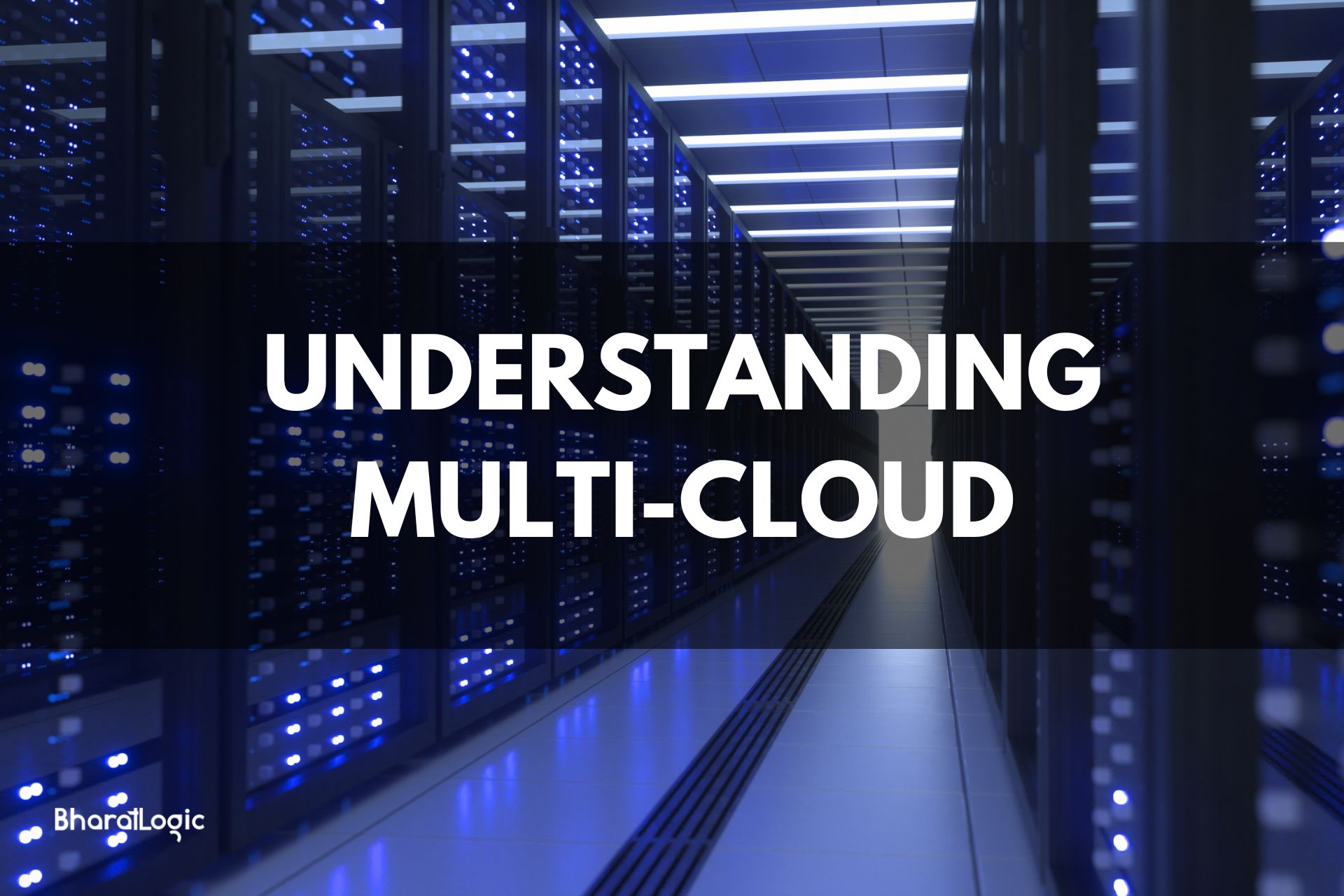Building Multi-Cloud Strategies in Software Development
Businesses are increasingly relying on cloud computing to enhance their operations and optimize resources. While single-cloud environments have their advantages, the multi-cloud approach is gaining traction for its flexibility, scalability, and risk management capabilities. This blog will explore the essential components of building multi-cloud strategies in software development, addressing the benefits, challenges, and best practices that developers and organizations should consider.
Understanding Multi-Cloud: What Is It?

Multi-cloud refers to the use of services from multiple cloud providers to meet the diverse needs of an organization. Unlike a hybrid cloud model, which combines private and public cloud resources, a multi-cloud strategy often incorporates several public cloud platforms. Common providers include Amazon Web Services (AWS), Microsoft Azure, Google Cloud Platform (GCP), and IBM Cloud.
Organizations opt for a multi-cloud approach for various reasons:
Avoid Vendor Lock-in:
By spreading workloads across different vendors, businesses can mitigate risks associated with being tied to a single provider.
Performance Optimization:
Different clouds excel at specific tasks; using the best platform for each service can enhance performance.
Cost Management: Diverse billing structures can be leveraged to optimize cloud spending.
Business Continuity:
Utilizing multiple clouds offers redundancy and failover options, enhancing resilience.
Advantages of Multi-Cloud Strategies

1. Flexibility and Scalability
One of the key benefits of a multi-cloud strategy is its inherent flexibility. Developers can select the most suitable services from various providers, making it easier to scale applications based on demand. This flexibility allows organizations to easily adjust their cloud deployments without the constraints of a single vendor.
Read more about scalability: Top 10 Strategies for Managing Software Projects in 2024
2. Mitigation of Risks
A multi-cloud architecture can alleviate the risks of service outages, reducing the single point of failure associated with a single cloud provider. If one cloud service encounters an issue, the application can switch to another provider, ensuring continuous service availability.
3. Tailored Solutions
Not all cloud providers offer the same capabilities. A multi-cloud strategy enables developers to utilize specialized platforms for specific tasks, such as data analytics, machine learning, or application hosting. This tailored approach can significantly enhance the performance and efficiency of software applications.
4. Compliance and Data Sovereignty
Different geographic regions have various data protection regulations. A multi-cloud strategy allows organizations to deploy applications in compliance with regional laws while addressing data sovereignty concerns by storing data in locations that comply with local regulations.
5. Cost Optimization
Using a combination of clouds can lead to cost savings. Organizations can strategically choose services based on pricing models that align with their usage patterns. For instance, they can use a low-cost provider for less critical workloads while housing mission-critical applications in a premium cloud environment.
Challenges of Multi-Cloud Strategies

Despite the numerous advantages, multi-cloud strategies come with their own set of challenges. Recognizing and addressing these challenges is vital for successful implementation.
1. Complexity in Management
Managing a multi-cloud environment can become complex due to the need to coordinate multiple services, security protocols, and compliance requirements across different platforms. Organizations must implement robust management tools and practices to monitor their multi-cloud resources effectively.
2. Security Concerns
With multiple cloud providers, organizations must ensure a consistent security posture across all platforms. Each cloud vendor has its own security measures and protocols, which can make it challenging for developers to implement a holistic security strategy.
Also read more about security : AI and Machine Learning in Cyber Defense: Hype or Reality?
3. Skill Gaps
Developers and IT staff may need specialized training or expertise to work with multiple cloud solutions. Organizations must invest in skills to ensure their teams can efficiently manage and deploy applications across various providers.
4. Integration Difficulties
Integrating applications and data across different cloud environments can be complex. Organizations must adopt solid architecture practices and middleware solutions to facilitate smooth communication and data exchange.
5. Increased Latency
While a multi-cloud environment can improve performance by utilizing the best services, it can also introduce latency when applications need to communicate across different platforms. Developers must consider this when architecting their solutions.
Best Practices for Implementing Multi-Cloud Strategies

To harness the full potential of a multi-cloud strategy, organizations must adopt certain best practices that can streamline implementation and management.
1. Assess Your Needs
Before diving into multi-cloud adoption, conduct a thorough assessment of your organization’s requirements, objectives, and constraints. Understanding the specific use cases that justify a multi-cloud strategy will guide your choice of providers and services.
2. Develop a Clear Governance Policy
Establish a robust governance framework that outlines security, compliance, and management protocols across all cloud providers. A well-defined governance policy ensures consistent practices and accountability.
3. Implement Standardized Tools
Utilize standardized tools for monitoring, management, and security across your multi-cloud environment. This approach minimizes complexity and enhances the efficiency of operations, making it easier to manage resources irrespective of the underlying cloud.
4. Prioritize Security
Adopt a security-first mindset when building your multi-cloud strategy. Perform regular security assessments, establish identity and access management protocols, and ensure encryption across different clouds to protect sensitive data.
5. Focus on Interoperability
Design applications to be cloud-agnostic, facilitating deployment across different platforms. This approach increases flexibility, allowing developers to migrate or leverage services wherever needed, without significant rework.
6. Regularly Evaluate and Optimize
Continuous evaluation is vital in a multi-cloud strategy. Organizations should regularly assess their multi-cloud setup to identify optimization opportunities, cost-saving measures, and performance enhancements.
Conclusion
Building a successful multi-cloud strategy in software development can provide businesses with unprecedented flexibility, performance optimization, and risk mitigation. However, the complexity of managing multiple cloud services requires careful planning, execution, and ongoing management. By understanding the benefits, challenges, and best practices, organizations can harness the full potential of a multi-cloud environment and stay ahead in the ever-evolving digital landscape. As businesses continue to adapt to changing demands, the multi-cloud approach will likely remain a key strategy in achieving agility and resilience in software development.
FAQs
Adopting a multi-cloud strategy can offer several benefits, including:
Avoiding vendor lock-in: You can switch providers easily if one does not meet your needs.
Performance optimization: Different clouds may offer better performance for specific workloads.
Cost efficiency: Utilizing various pricing models to reduce overall expenses.
Enhanced resilience and disaster recovery: Distributing workloads can prevent service failures from impacting overall business operations.
Selecting the right cloud providers involves:
Analyzing your application needs: Understand the resource requirements, performance expectations, and specific functionalities that applications require.
Evaluating cloud services: Compare features, pricing, and support offered by various providers in relation to your needs.
Considering compliance and security requirements: Ensure providers meet your industry standards and regulations.
Assessing reliability: Look for providers with strong uptime records and service level agreements (SLAs).
DevOps facilitates a multi-cloud strategy by promoting collaboration between development and operations teams. Key practices include:
Continuous Integration/Continuous Deployment (CI/CD): Automates the deployment process across multiple clouds.
Infrastructure as Code (IaC): Uses code to manage cloud infrastructure, ensuring consistency and reproducibility.
Monitoring and feedback: Enables real-time performance tracking and iterative improvements across various platforms.
A multi-cloud strategy can influence software architecture in several ways:
Microservices architecture: Encourages the use of microservices that can be deployed independently across clouds.
Interoperability: Requires designing services that can communicate seamlessly across different platforms and providers.
Failure handling: Applications must be built with resilience in mind to handle potential outages from any one cloud provider.
Best practices include:
Define clear objectives: Establish goals of your multi-cloud strategy aligned with business needs.
Develop a governance model: Create policies for managing resources, costs, and security across cloud providers.
Invest in training: Equip your team with the skills and knowledge to manage and operate in multi-cloud environments effectively.
Ensure robust security measures: Implement consistent security protocols and access management across all environments.

